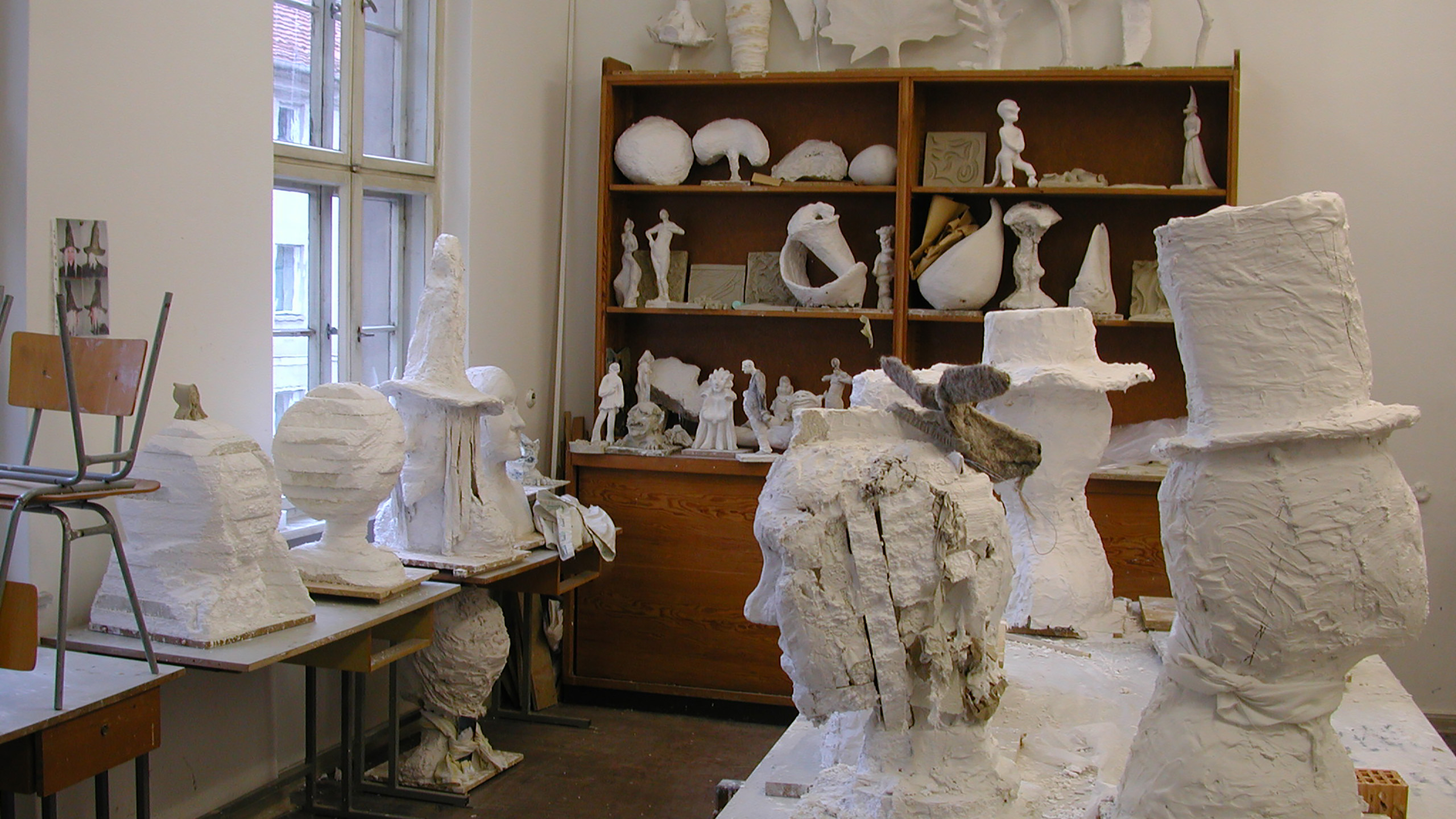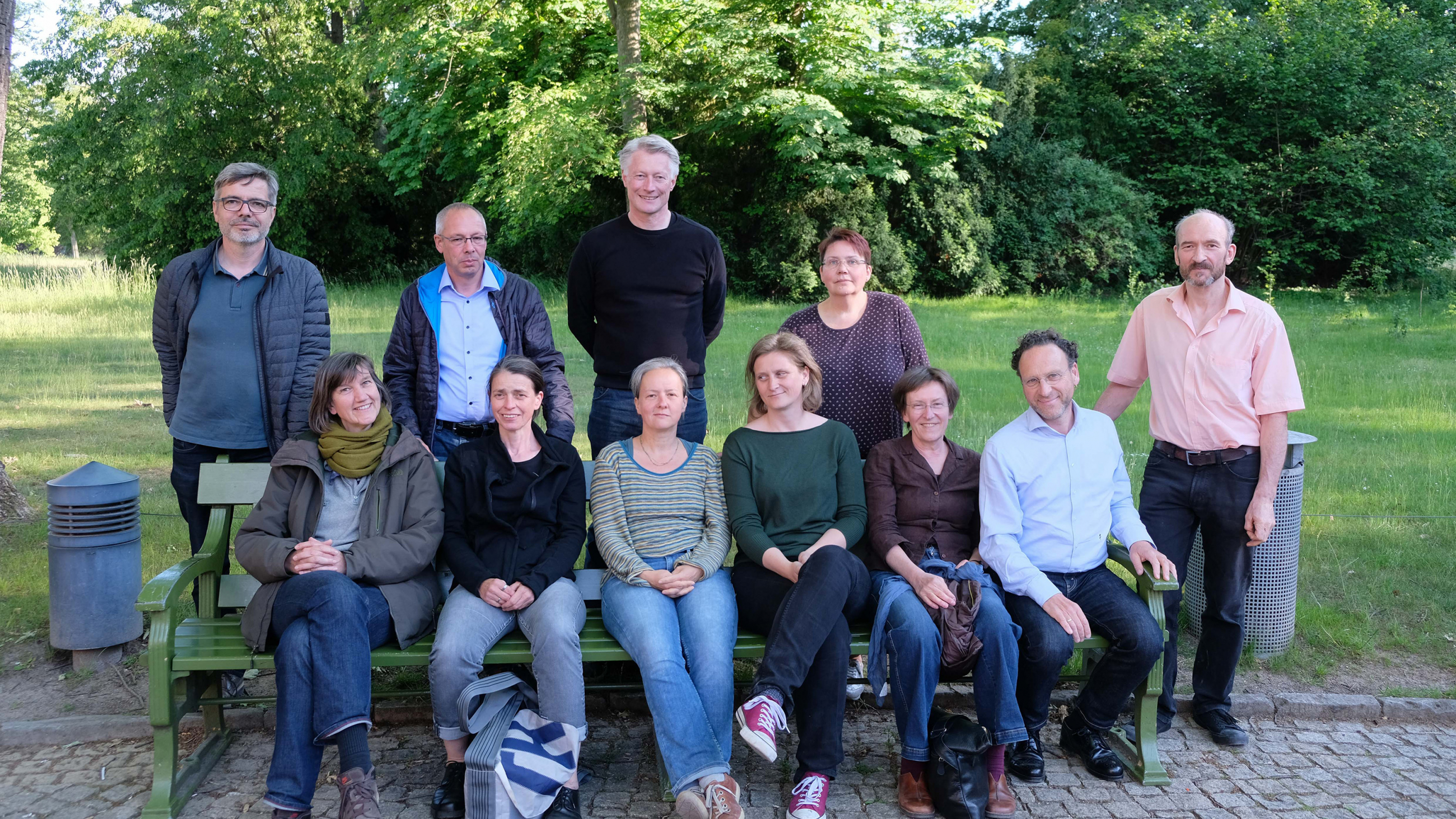In the winter semester of 1993/94, two years after the founding of the University of Applied Sciences Potsdam, the Department of Architecture established a course of study in building preservation. A new player in monument conservation with knowledge of architecture, restoration and building trades was to be trained, the Diplom-Bauerhalter.
But at the same time as the first students were admitted, doubts arose in the department about the overall orientation of this course and the market acceptance of the future graduates. Was generalist, interdisciplinary knowledge and skills enough without a classical basic education in one of the disciplines? Was there sufficient demand for this new specialisation? A renewed survey of experts from heritage conservation and the restorers' associations yielded a clear no and led to a rapid reorientation.
The "branch" of the Berlin Fachschule für Werbung und Gestaltung Berlin, which had existed since the 1950sin Potsdam, in the house at Schopenhauerstrasse 5-6, had established a specialisation in the restoration of architectural settings in 1976 under the direction of Dr Jürgen Kandler, in addition to the traditional training as a colour designer in the building industry. The three-year course enjoyed a very good reputation among the few training opportunities for restorers in the GDR. A staff of about ten teachers and an almost equally large number of external teachers provided a varied teaching programme.
After the fall of the Berlin Wall - in the meantime under the direction of Angela Müller and Aribert Kutschmar - the training centre had to undergo a number of changes. It went through an "odyssey of affiliation" with various higher-level institutions as well as the "emigration" of several teaching staff and was finally affiliated with the University of Applied Sciences Potsdam in 1994 as the area of Restoration in Heritage Conservation. This led to the grotesque situation of two parallel courses of study with different degrees in an overlapping subject area. Therefore, in April1995, the senate of the University of Applied Sciences decided to phase out the specialist school course by 1997.

